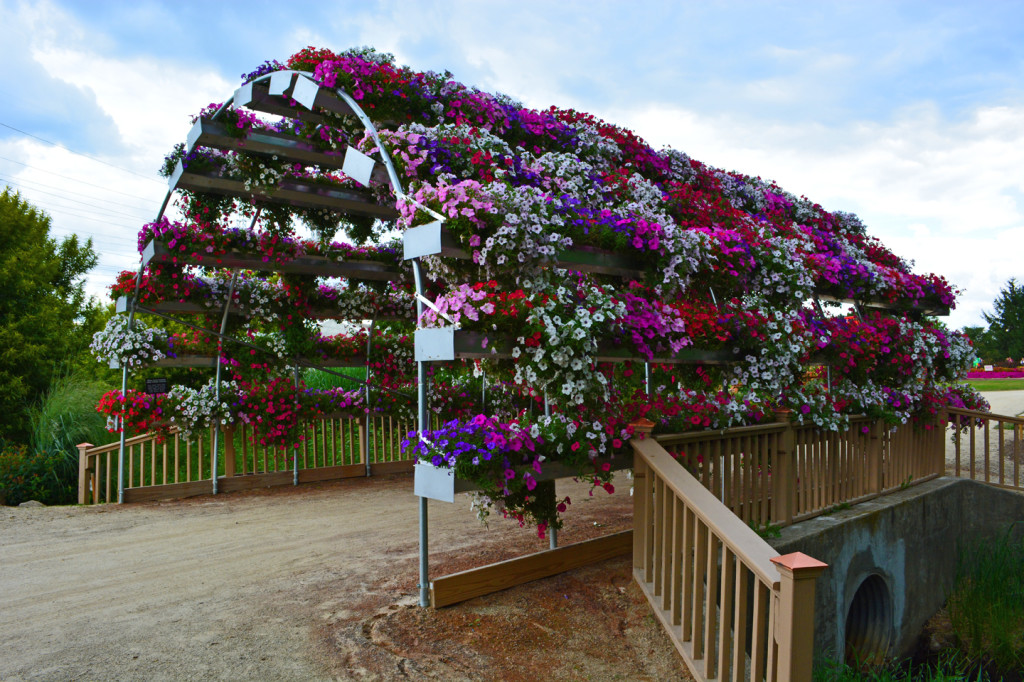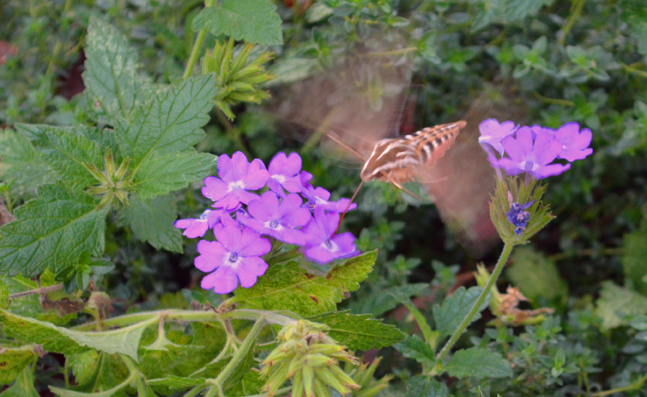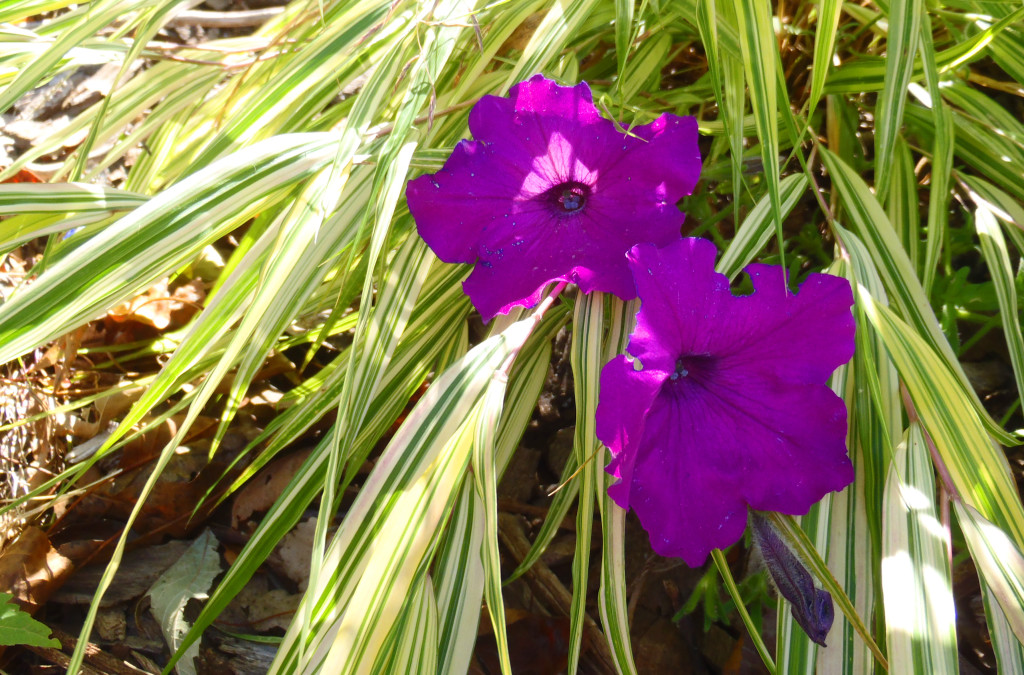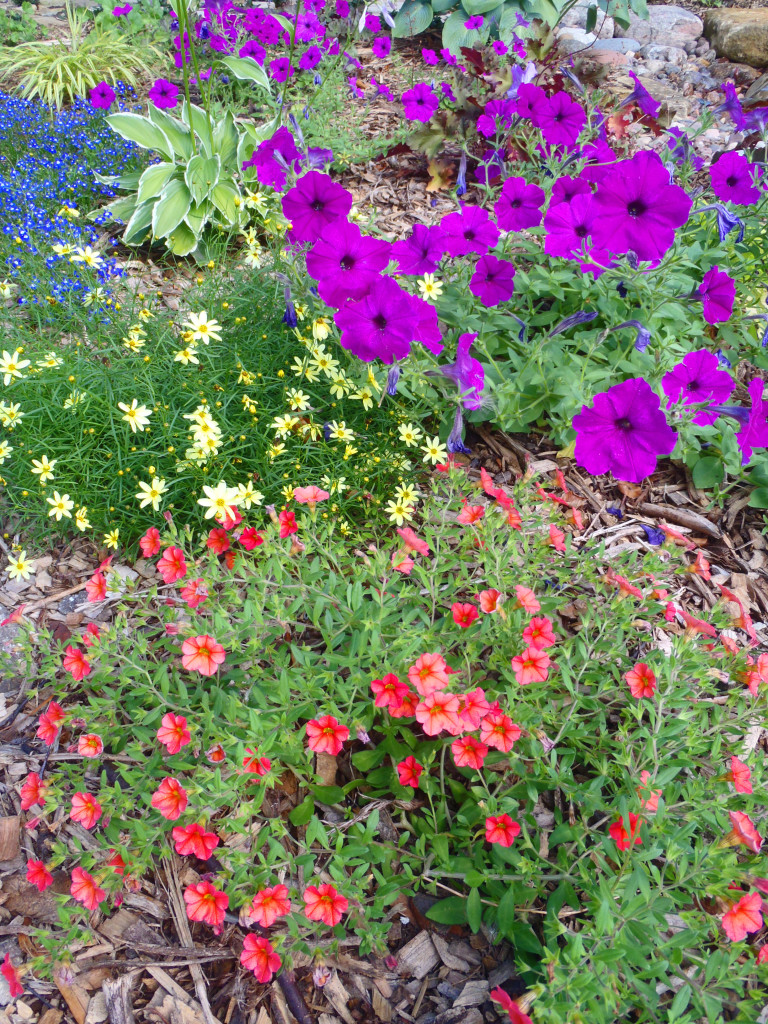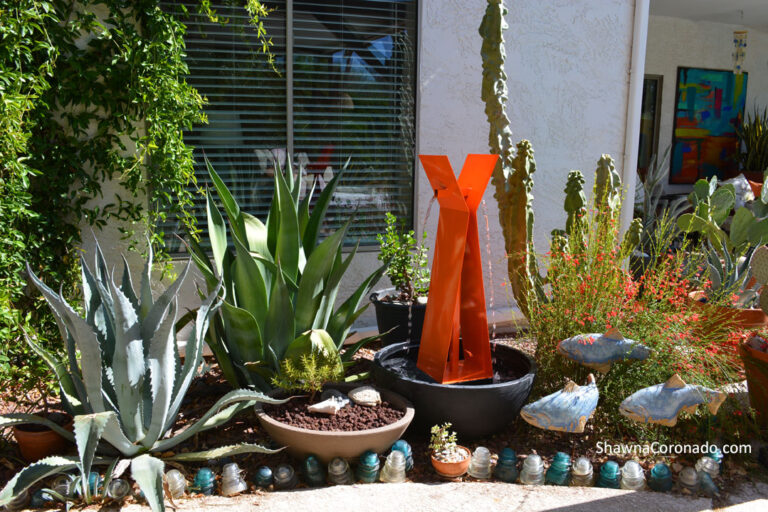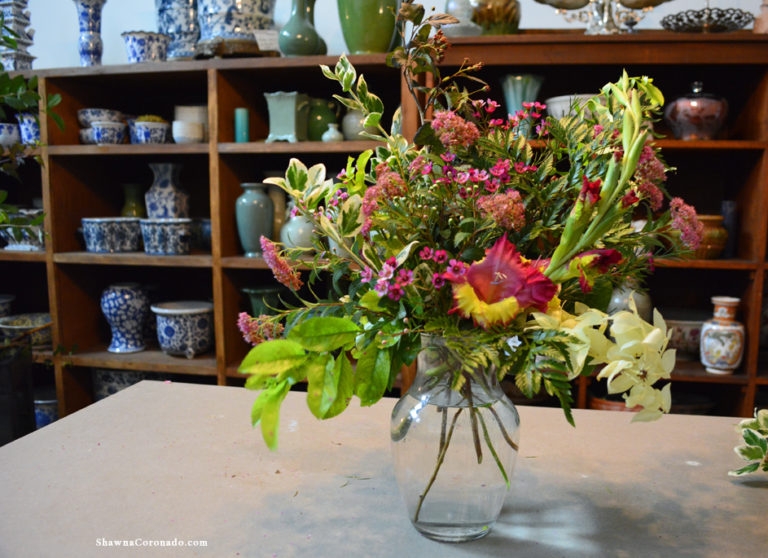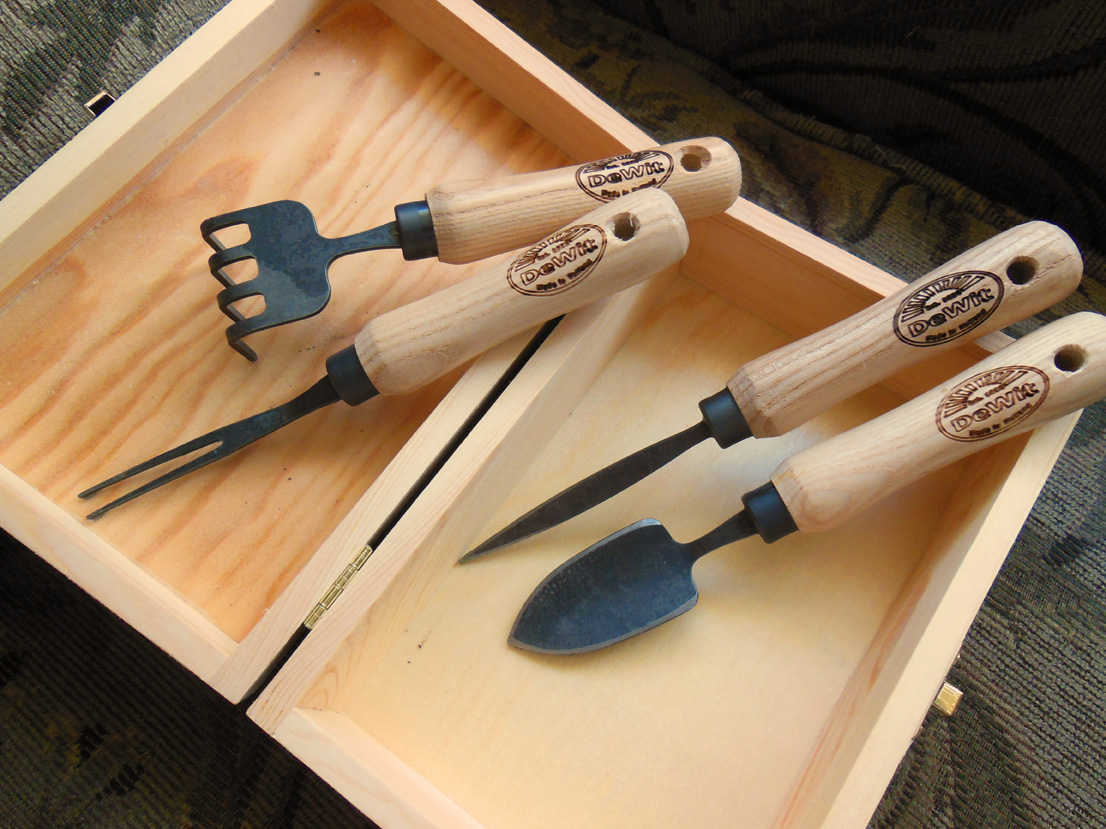Petunia Plant is the Flower of the Year
It’s spring and we are anxious to get our garden on. According to the National Garden Bureau it is the Year of the Petunia. Although the petunia is not known as a key pollinator supporting plant, it does attract bees and hummingbird moths. Bees are less attracted to red petunias, so consider planting colors like pale purple, white, yellow, or pink in the primary part of your garden to attract the insects. Hummingbird moths that come to my garden are very selective; they seem to mostly target the light purple petunias, lantana, salvia, mint, oregano, lavender, and verbena (see below – sorry that I don’t have a petunia hummingbird moth shot with petunias as they were too fast for me to capture – trust me when I say they love the pale purple petunias). Nicotiana of any color also seem to fascinate the hummingbird moth and it mixes well with petunias in containers.
Hummingbirds love the Petunia Exserta; it is known as a key pollinating plant and can be grown easily from seed. Native to Brasil, the Petunia Exserta, has the red color that hummingbirds love and is the only red flowered petunia species found in the wild. This plant is truly a rare flower, but can be an exceptional addition to your garden as it naturally attracts America’s favorite pollinator bird.
When I visited the petunia bridge display featuring the Wave Petunia, there were many bees around the flowers, but petunias are not always strong pollinator attractors. therefore, it is a much better idea to combine other annuals and native flowering plants with your petunias in order to help support better pollinator action within your garden. Be sure to not use insecticides or artificial fertilizers in order to prevent harm to the insects. Celebrate the Year of the Petunia by going organic and to encourage pollinators to set up house near your garden. It’s good for your flowers and it’s especially good for the environment.
